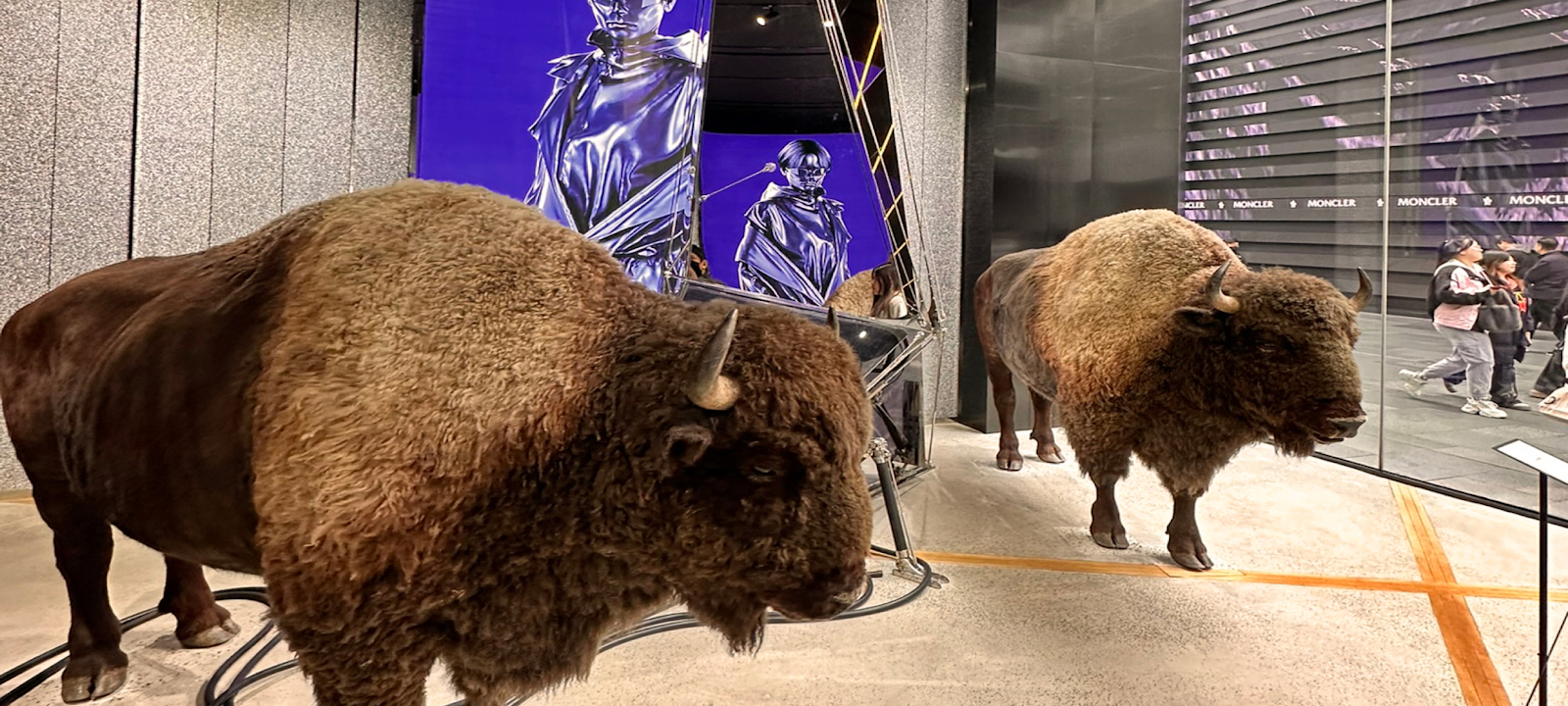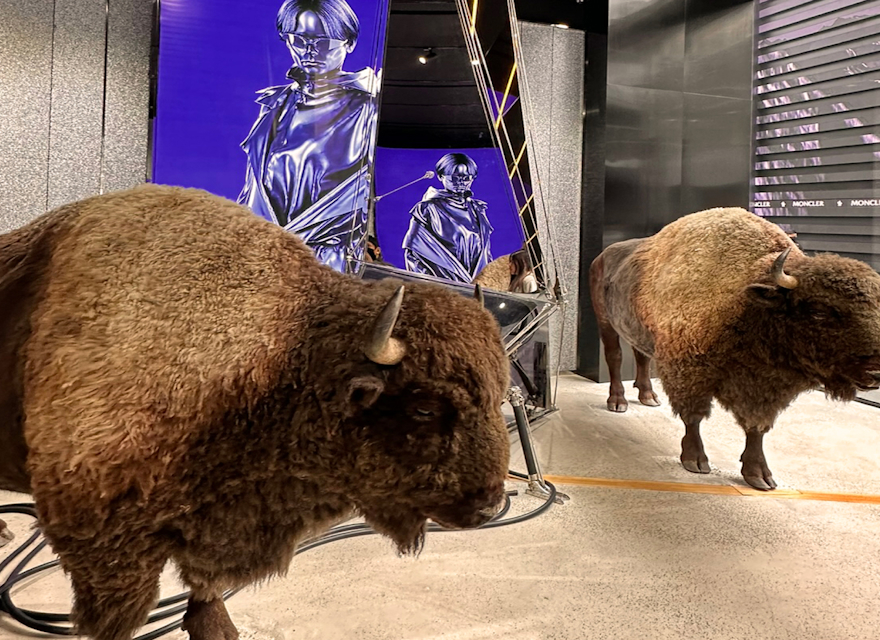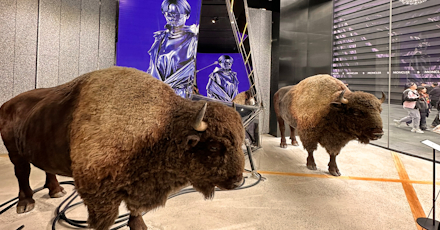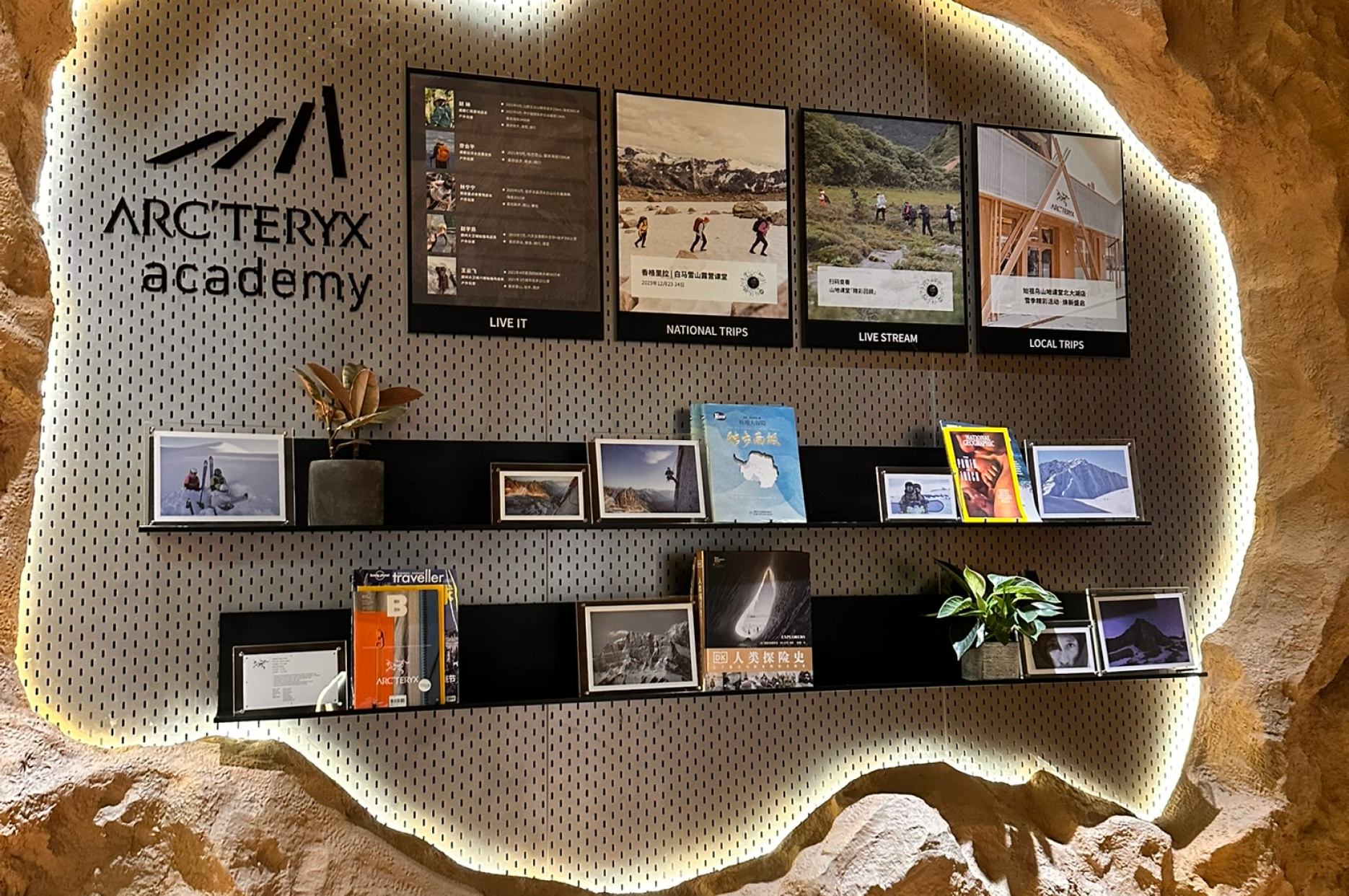Evolving shopping patterns in Asia
Asian consumer behaviour is adjusting in response to the global economic slowdown with a noticeable pivot towards more sustainable and localized shopping. The growth in popularity of local designer brands in China exemplifies a broader regional trend where consumers are championing home-grown labels over international names. This shift is significantly altering the Luxury market, traditionally dominated by global brands.
Furthermore, the digital transformation has accelerated in the post-Covid era, with a surge in ecommerce activities. Direct-to-consumer platforms, marketplaces and live commerce events had become significant, reshaping Retail from a mere transaction to an engaging experience that starts online. According to a recent report by KPMG and GS1, 45% of Asian consumers prefer a an omnichannel approach from brands. With that aggressive adoption of digital shopping, businesses were forced to invest in tools that facilitated the adoption of technology in commerce. Companies developed AI solutions to help engage better with customers and improve their product recommendations. Coupled with their demands for experiences rather than material goods, brands need to restructure their business models to embrace both these realities into their marketing approaches, going omnichannel, or better known as, “phygital.”
Domestic consumption and currency influence
The weakening of the Yuan and Yen is influencing shopping trends across Asia, especially in Japan. While Chinese and Japanese consumers find advantages in shopping domestically, Southeast Asian countries are benefiting from a rise in intra-regional tourism and spending. Nations like Indonesia and Malaysia have seen a spike in domestic consumer spending due to improved economic conditions and increased digital payment solutions, which make transactions easier and more secure for the local populace. With reference to the KPMG report, it was found that 87% of consumers in Indonesia and 73% of Malaysian consumers prefer online shopping over in-store physical shopping.
Competitive dynamics in the region
Southeast Asia is rapidly emerging as a key player in the competitive Retail landscape. Countries like Vietnam and Thailand are attracting global tourists with their affordable luxury goods and diverse shopping experiences. In particular, the growth of integrated resorts and shopping complexes in these countries offers a compelling mix of entertainment and Retail, drawing tourists who seek value and variety.
Moreover, the digital economy in Southeast Asia is booming, with ecommerce platforms like Shopee and Lazada revolutionizing the way people shop. These platforms are not only popular for their wide range of products but also for their engaging consumer experiences, such as flash sales and live-stream shopping events, which are particularly popular among the tech-savvy youth demographic. With reference to the KPMG report on seamless commerce, it was found that 57% of Gen Z consumers prefer live streaming while 63% of them find social commerce pivotal for improving their shopping experience.
Additionally, the rise of sustainable and ethical shopping practices is more pronounced in Southeast Asia. With reference to KPMG’s report on seamless commerce, 86% of consumers are increasingly aware of and interested in brands that demonstrate corporate social responsibility, including environmental sustainability, fair labor practices, and the support of local artisans, which aligns with global shifts toward more conscientious consumer behaviors. Thus, it seems imperative that brands stitch the pillars of diversity, ethics and social responsibility into their core, offering sustainable experiences without eco-premiums.
Brand strategies and local retail adjustments
Luxury and high-end lifestyle brands are increasingly focusing on experiential Retail to draw customers into their physical spaces, transforming shopping from a transactional experience to an engaging and memorable event. Examples of such initiatives include:
Coach Play Shophouse Singapore: Coach took a unique take on marketing its iconic Tabby Bag in Singapore in the form of a concept space in a shophouse along the country’s iconic Keong Saik Road. Customers are completely immersed in the Luxury brand’s message once entering the shophouse, with engaging touchpoints such as a mirror room with LED display on the top floor — dubbed Coach World — which provides a surreal viewing experience as it dispenses a tale of the house’s heritage and craft legacy. With the all-inclusive space designed for interaction, community engagement is at the forefront. Coach Play Singapore Shophouse is intended to foster meaningful relationships within the local fashion community.
Chanel's Coco Café pop-up concepts across Asia: These cafés provide a relaxed atmosphere where customers can interact with Chanel’s beauty products while enjoying branded refreshments, merging Retail with lifestyle to enhance customer engagement.
Arc'teryx Experiential Store in Chengdu: This store is designed not just to sell outdoor apparel but to immerse customers in the outdoor experience that Arc'teryx embodies. The store features climbing walls and uses virtual reality to simulate outdoor environments where shoppers can test gear in conditions it’s meant for. This innovative approach not only showcases the functionality of the products but also solidifies the brand’s identity as an integral part of the outdoor lifestyle.
These initiatives reflect a broader trend where brands are not just adapting to changes in consumer behavior but are actively shaping these behaviors by creating multifaceted experiences that combine shopping with social interaction, technology and personalized engagement.
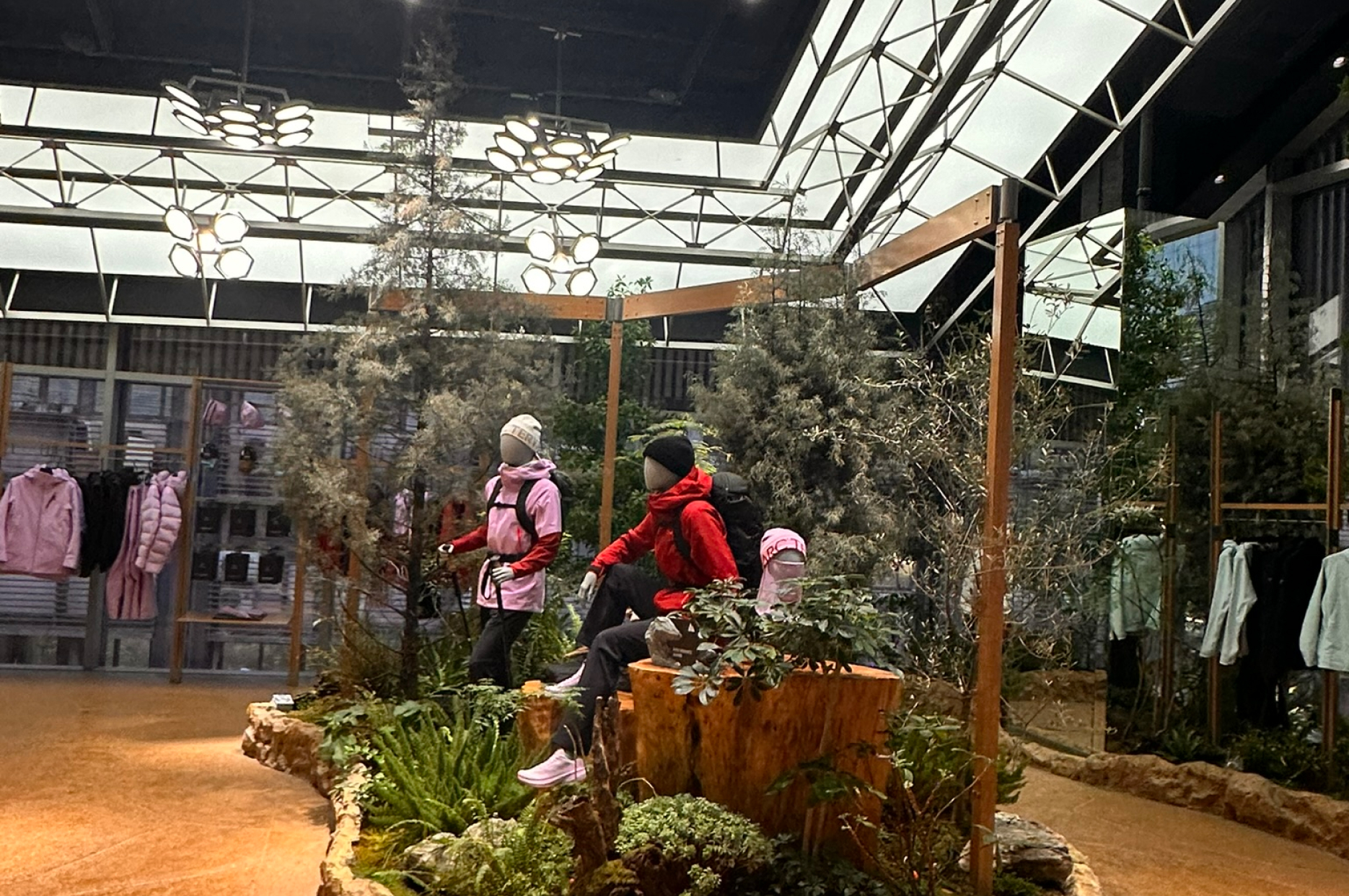
The future of luxury retail
Looking towards the future, the concept of “immersive lifestyle” Retail is becoming pivotal. Luxury brands are increasingly integrating arts, music and literature into their Retail environments to deliver unique, memorable shopping experiences. This trend is about more than just consumerism — it's about creating a cultural and emotional connection with the brand.
Anticipation and personalization will be key. Consumers will not only expect exceptional experiences but will also demand that brands pre-emptively understand and cater to their needs. The integration of local cultural elements into Retail experiences will further allow brands to enhance their uniqueness and appeal, providing a tailored experience that resonates with the local and international clientele.
As the Asian Luxury Retail market evolves, several brands are pioneering changes not just in customer engagement strategies but also across their entire business and operating models. Here are some examples specific to Asia:
Ralph Lauren and Tencent Phygital store in Beijing: Partnering with Tencent, Ralph Lauren opened its first digital-led “emblematic” Retail concept in Beijing’s Sanlitun Mall. The store integrates Retail and digital activations, including endless aisle technology, virtual try-ons and an in-store treasure hunt that uses QR codes. Also present are customization stations where consumers can use Ralph Lauren’s WeChat mini program to order customized products from their mobile phones.
Shiseido’s Innovation Center in Yokohama: Japanese beauty giant Shiseido has established an innovation center focused on developing beauty technologies that cater specifically to Asian skin types and preferences. This facility not only underscores Shiseido’s commitment to region-specific research and development but also helps streamline product development directly influenced by local consumer insights.
Uniqlo’s Automated Warehouses and AI in Retail: Uniqlo’s implementation of robotics in their warehouses and AI in their Retail operations exemplifies a shift towards more efficient supply chain management and personalized customer experiences in Asia. Their tech-driven approach allows for quicker response times to market changes and customer preferences in various Asian locales.
Samsung’s Lifestyle Stores: Samsung has introduced lifestyle-focused stores across major Asian cities that blend technology with lifestyle to create experiential Retail environments. These stores are designed to showcase how Samsung’s products can be integrated into the daily lives of consumers, offering a hands-on experience that goes beyond traditional Retail. These examples demonstrate how Luxury and lifestyle brands in Asia are not only adapting to but also driving the transformation of Retail by rethinking how they operate in alignment with regional market dynamics and consumer preferences.
Conclusion
The adaptability of Luxury and tech brands in Asia highlights a forward-thinking approach to business and operating models that is likely to set trends globally. As these companies continue to innovate, they pave the way for a future where Retail is increasingly personalized, technologically integrated, and closely aligned with local consumer needs and values. With that expansion, the APAC region will be entering into the new age at the intersection of physical and digital to create a seamlessly intertwined customer journey.
The ongoing evolution in the Asian Luxury Retail sector showcases a blend of tradition and innovation, with local cultural nuances playing a significant role in shaping global brand strategies. How do you see these developments influencing the global Luxury market? Let us know your thoughts and insights on the future of Luxury Retail in Asia.
